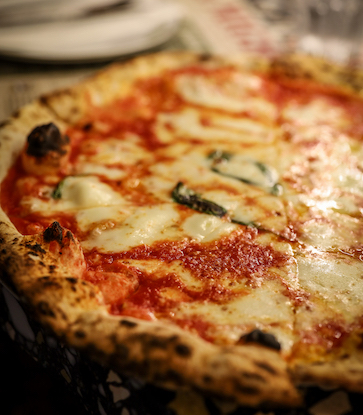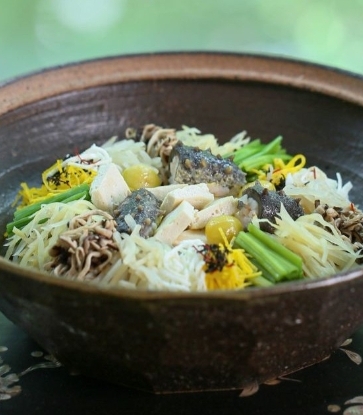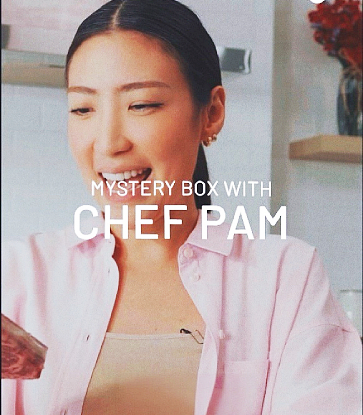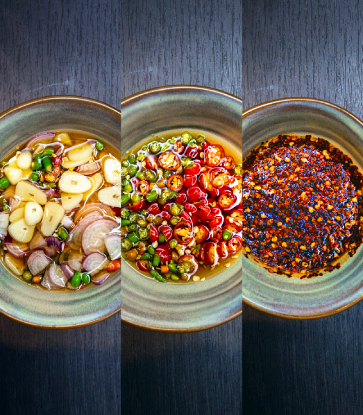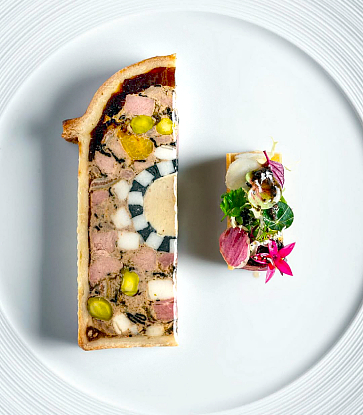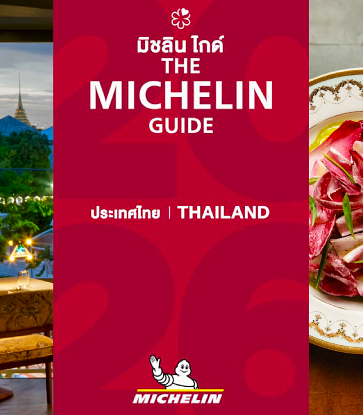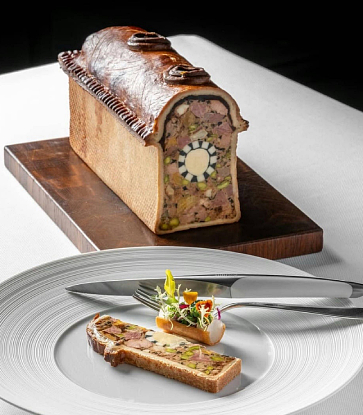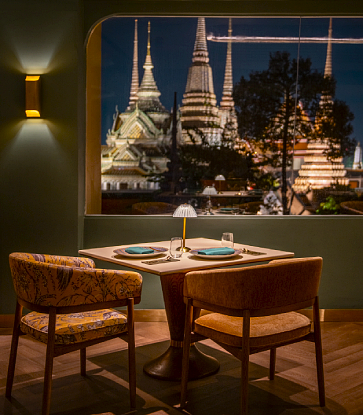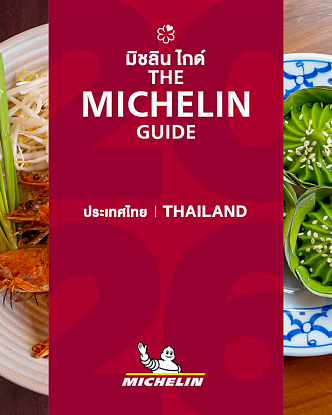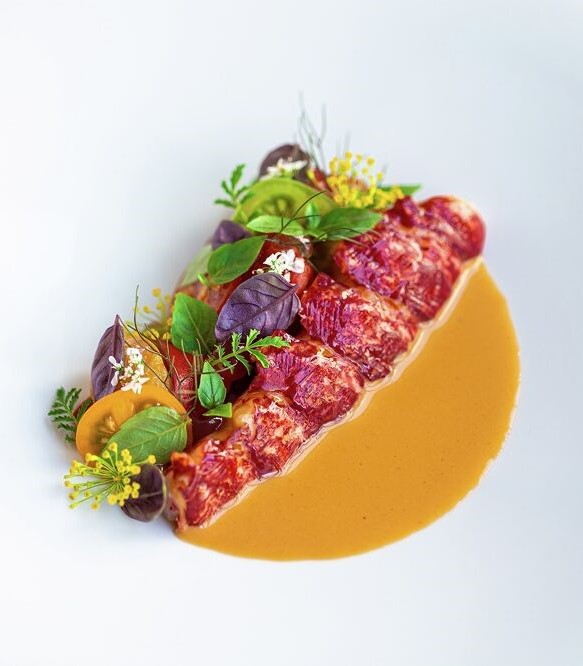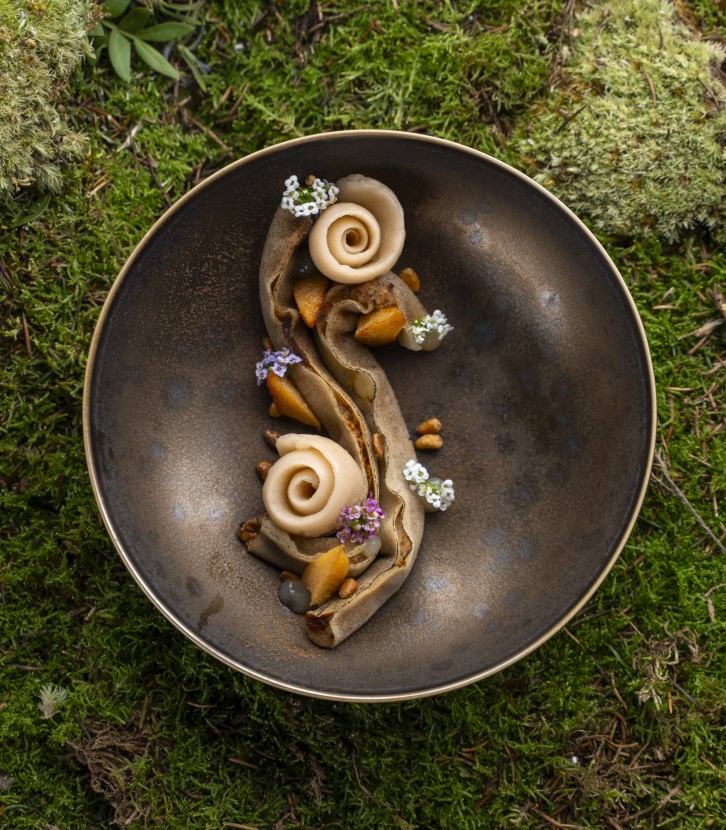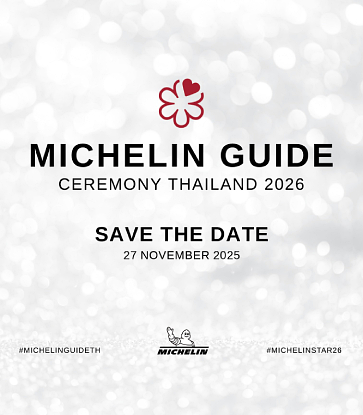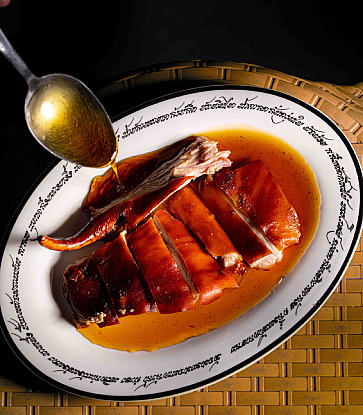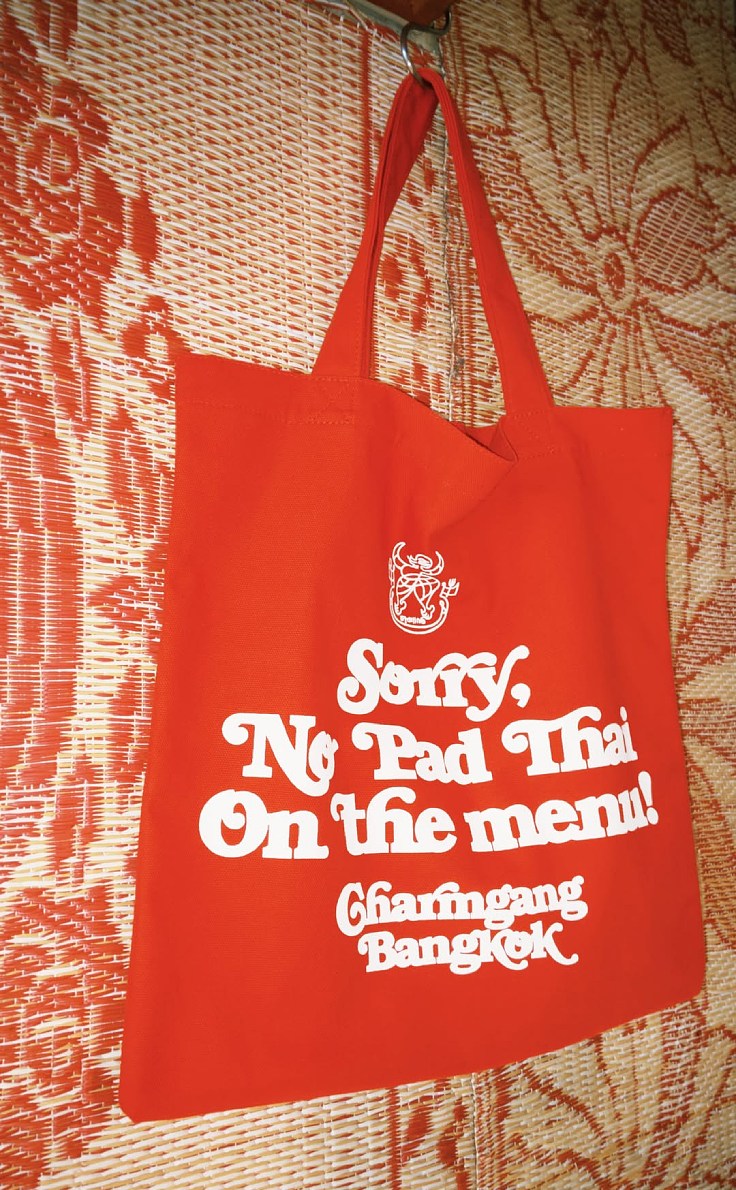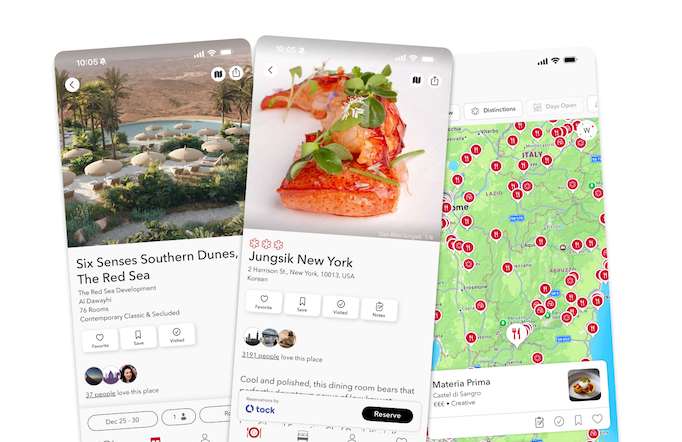Phad Thai (or pad Thai, depending on who you ask) is probably the first thing that comes to mind when people think of Thai food. You’ll find it everywhere — from glitzy royal-style restaurants with classical music on repeat, to pan-Asian spots serving everything from sushi to dim sum, and even at that trendy Thai joint with neon signs and natural wine.
Over the years, the famous Thai noodle dish has been endlessly adapted: tossed with assorted vegetables like carrots and cabbage, or even turned into a fusion pasta dish so unrecognizable that many Thais can barely identify it.
That said… we don’t hold it against anyone — different tastes make the world delicious. Taste, after all, is a wonderfully subjective thing. Let the world experiment. We’ll be over here, savoring the original — bold, balanced, unmistakably Thai.

“Our phad Thai is a uniquely balanced dish — tangy, sweet, salty, rich, and just the right amount of spicy, all on one plate. It’s easy to enjoy as a complete meal — that’s the charm of eating this dish,” says Chef Supaksorn “Ice” Jongsiri of Sorn, a Southern Thai restaurant in Bangkok and the first Thai restaurant in the world to earn three MICHELIN Stars, as recognized in the MICHELIN Guide Thailand 2025 edition.
But did you know that beyond phad Thai — the iconic Thai stir-fry born during World War II under Prime Minister Plaek Phibunsongkhram’s campaign to promote noodle consumption over rice — there’s also phad Thai Chaiya? Also known locally as phad mi, this lesser-known Southern Thai version has been beloved in the region for over a century.
“Phad Thai Chaiya is a unique local dish from Chaiya district in Surat Thani,” says Jongsiri. “It’s spicier than the usual phad Thai. While most phad Thai sauces include tamarind paste, palm sugar, and fish sauce or salt, this Southern-style version blends dried chilies, shallots, and shrimp paste, simmered with coconut milk until it becomes rich, thick, and aromatic.”
He explains that phad Thai Chaiya is all about the soft, chewy noodles, slowly stir-fried over low heat so the sauce seeps into every strand — resulting in bold, intense flavor. “The noodles must be soft, chewy, and full of flavor,” he says.
“It’s even more delicious when enjoyed with sides like shredded green mango, bean sprouts, Chinese chives, banana blossom, and crispy dried chilies. Mix everything together and eat it piping hot — that’s when it’s at its best. Honestly, if I’m in Surat Thani and I get a plate of phad Thai Chaiya from a morning market, I’m the happiest man alive.”
Craving a spicy, full-flavored twist on Thailand’s most famous noodle dish? Chef Jongsiri brings his Three-MICHELIN-Star magic to your kitchen with this bold Southern Thai recipe that’s sure to wow your guests. Phad Thai, who?

Phad Thai Chaiya (serves 1)
Ingredients for the sauce:
- 150 grams, dried chilies
- 1,000 grams, shallots
- 100 grams, shrimp paste
- 2,000 grams, coconut cream
- 30 grams, sea salt
- 1,000 grams, palm sugar
- 250 grams, tamarind paste (lime juice can be used as a substitute)

Sauce instructions:
- Soak the dried chilies in water until softened. Drain well. Pound the chilies with sea salt until fine. Add shallots and continue pounding into a smooth paste. Finally, mix in the shrimp paste.
- Divide the coconut cream into two portions. Heat the first portion in a pan until it boils and the oil begins to separate — a stage known in Southern Thai cooking as nam man ki lon (cracked coconut oil).
- Add the chili paste and stir-fry until fragrant and vibrant in color.
- Pour in the second portion of coconut cream, then season with palm sugar, tamarind paste, and sea salt. Simmer until the sauce thickens, the oil rises to the surface, and the flavor is rich and well-balanced. Adjust seasoning to taste.
RELEVANT: How to Make Tom Yum Kung Like a MICHELIN Star Restaurant

Phad Thai Chaiya main ingredients::
- 3 fresh prawns or Tapi River freshwater prawns
- 80 grams, fresh Chanthaburi rice noodles
- 300 grams, phad Thai Chaiya sauce
- 10 grams, shallots
- 15 grams, cooking oil
- 50 ml, vegetable or meat stock
- 2 eggs
- 30 grams, bean sprouts
- 5 grams, Chinese chives
For garnish:
- Shredded green mango
- Bean sprouts
- Chinese chives
- Banana blossom
- Lime wedges
- Whole bird-eye chilies

Instructions for phad Thai Chiya:
- Heat the cooking oil in a pan over medium heat. Add the shallots and sauté until softened and fragrant.
- Add the fresh prawns and noodles. Stir-fry until well combined.
- Pour in the stock and continue stir-frying until the noodles begin to soften.
- Add the phad Thai Chaiya sauce. Reduce to low heat and stir continuously until the sauce is fully absorbed and the noodles become glossy and chewy.
- Drizzle a little oil around the edge of the pan and crack in the eggs.
- Once the eggs begin to set, gently fold the noodles over the eggs.
- Add the bean sprouts and Chinese chives. Turn the heat to high and stir-fry quickly until everything is well mixed.
- Transfer to a plate and serve immediately with garnishes on the side.
.jpg)
Chef Supaksorn’s secret:
- Make sure your phad Thai sauce is rich and well-balanced. When stir-frying, keep the heat low and let the sauce slowly absorb into the noodles — that’s how you get that perfect glossy, chewy, springy texture.
READ FURTHER: Restaurant Secrets: Chefs Reveal Tips for Perfect Phad Thai
Illustration image: © Anuwat Senivansa Na Ayudhya/ MICHELIN Guide Thailand



